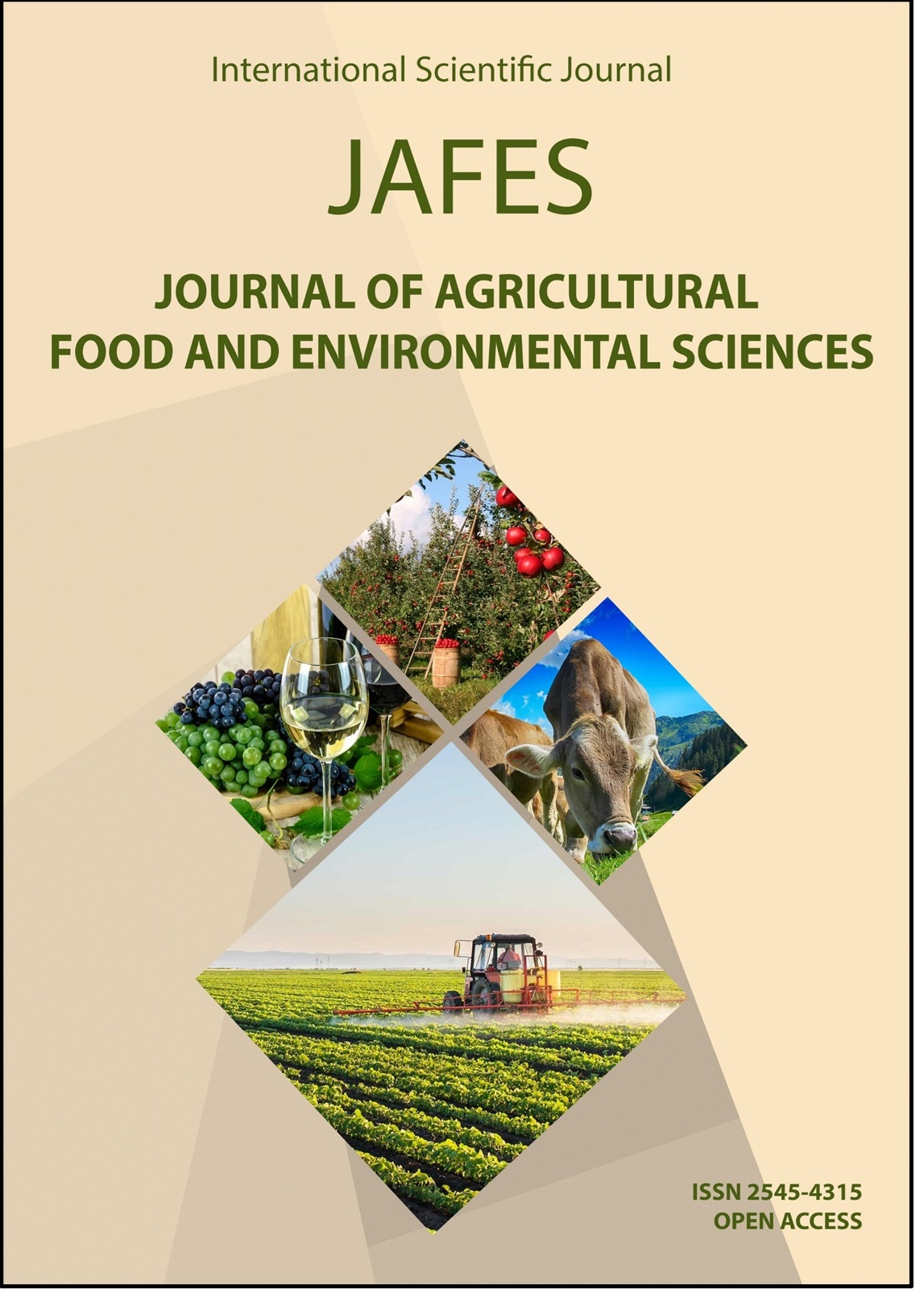THE EFFECT OF DIFFERENT CUTTING TIMES ON THE MACRO MINERAL CONTENT OF ALFALFA (MEDICAGO SATIVA L.) GENOTYPES
Клучни зборови:
Alfalfa forage, calcium content, magnesium content, maturity effect, phosphorus content.Апстракт
This study was conducted to determine the effect of different cutting times on the important macro mineral contents of twenty-four alfalfa (Medicago sativa L.) genotypes. For this reason, a field trial was established according to separated plots in randomized blocks design with three replications in the Research Area of Agriculture Faculty of Dicle University, Diyarbakır, Turkey in 2020. The alfalfa genotypes were subjected to three different forage cutting times. The 1st, 2nd and 3rd cuttings were made respectively in the pre-flowering, 10% flowering and full flowering periods of alfalfa genotypes. In terms of all examined macro minerals in the study, there found to be statistically highly significant (P<0.01) differences between cutting times, genotypes and genotypes × cutting times interaction. In the research, the macro mineral contents of the genotypes changed between the cutting times as follows; calcium (Ca) 1.41%-1.81%, phosphorus (P) 0.37%-0.50%, magnesium (Mg) 0.31%-0.42% and potassium (K) 1.94%-3.42%. The results of the research revealed that Ca and Mg contents in forages of alfalfa genotypes increased with advancing plant maturity stage, whereas K and P contents decreased. In conclusion, according to the average of the cutting times, Resis (22) cultivar came to fore in terms of Ca content, while many genotypes, sharing the same statistical group, were found superior in terms of P, Mg and K contents.



